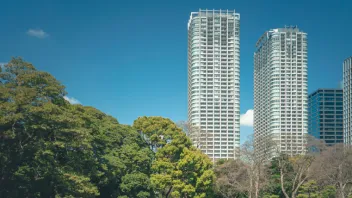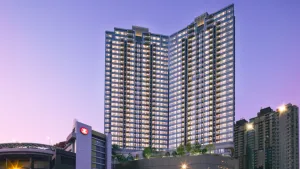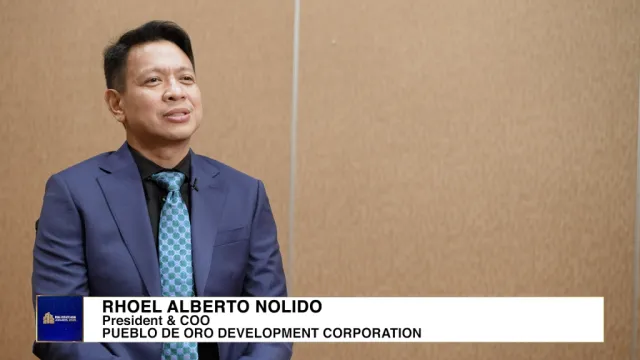Japan
Here’s how Tokyo residential rents differ per unit size
Here’s how Tokyo residential rents differ per unit size
Rents in small units that are 15 to 30 sqm in size rose by 1.6% in Q3.
Tokyo mid-market residential rents up 0.1% in Q3
In the central five wards, rents grew by 1.8%.
This residential submarket in Tokyo has a 19.6% rental premium
It has surpassed pre-COVID levels since last year.
Tokyo residential occupancy rates nearing pre-pandemic norms
Occupancy was at 96.8% in Q3.
Everything you need to know about the paradigm shift on homeownership in Tokyo
Owning a house used to be a major goal for the Japanese, but now more people prefer renting over buying.
Japan’s hotel market to finally see a full-fledged recovery
Active hotel transactions are projected to continue in H2.
These were the new retail openings in Tokyo in Q2
Luxury brands continue to drive demand for prime spaces.
Osaka property investment volume soars by 52% in H1
The hotel sector accounted for 37% of the investments.
Tokyo industrial net absorption breaches 2020 levels
Net absorption reached over 1.4m sqm in the first half of the year.
Osaka office vacancy rate stable at 3.4% in Q2
No new projects were completed during the quarter.
Tokyo Grade A office absorption hits 188,000sqm in Q2
This is almost 200% of full-year 2022’s net absorption level.
Japan’s largest logistics investment deal in 2023 revealed
It was a US$800m transaction closed in April.
Why Japan’s suppressed industrial rental levels may persist
One factor is the ‘2024 problem’.
These are the new logistics developments to watch out for in Osaka
New supply is expected to hit 1.0 million sqm this year.
Greater Tokyo to see a record level of new logistics supply in 2023
There will be over 4 million sqm of new supply.
What to expect from Japan’s data centre market
Hyperscale developments are expected to materialise.
Tokyo industrial vacancy rises for the tenth consecutive quarter
The vacancy rate hit 6.2% in the first half of the year.


















 Advertise
Advertise












